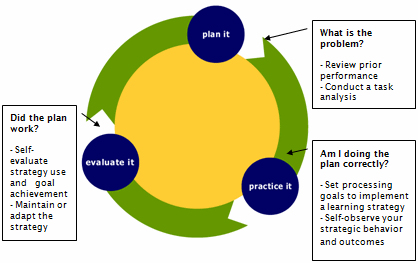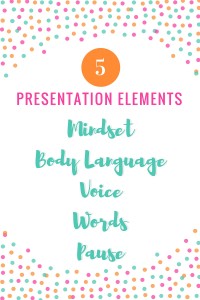Earlier in the year, I blogged about my action research on hope. Since then, I’ve refined my research question (and Lit Review) to ‘Does systematic integration of self-regulating processes into a year 12 Software Design & Dev class impact on student wellbeing?”
After many iterations of defining my construct, I settled on what I started off with…HOPE. It is one of ACARA’s dimensions for wellbeing and aligns strongly with my school’s aspiration to inspire global hope.
I also kept the notion of ‘active hope’ where hope is found in actions and belief that such actions would lead to improvements. It’s true that a huge element of this aligns with Bandura’s self-efficacy which helped with finding literature for the review and fleshing out my project. However, I also wanted to maintain the social aspect of hope that extended beyond self-efficacy.
This ‘extension’ was partially driven by the need to find something more easily observable and measure. It was also because the classroom is ultimately a social context and each student is a contributor, not merely a recipient of social influences. I think James Arvanitakis said it well in From Despair to Hope – The Curiosity Lecture Series (available here),
…if openly shared and freely distributed, hope can spread throughout the community.
I did not set out to measure inspiring societal (or global) hope as such but one of my action research ‘interventions’ (if you will) was to have students act as peer models. That was a bit of a stretch for ‘freely’ but there was definite sharing and distribution of active hope.
I haven’t fully analysed my research data but it is likely that it will empirically support my observation that YES, integrating self-regulation processes does impact student wellbeing (hope) positively and negatively (the 2-tailed question was intentional). I imagine many teachers suspect as much but now I’ve got data to (hopefully) prove it, notwithstanding the risk of observer-expectancy effect and other risks to the validity of my meager social research attempt.
It would be premature to state a conclusion prior to data analysis but were I to generalise my learning so far, I daresay my teaching practice even when targeting academic achievement does impact student wellbeing. While it often seemed futile to measure hope, I am glad I’ve made this attempt.


